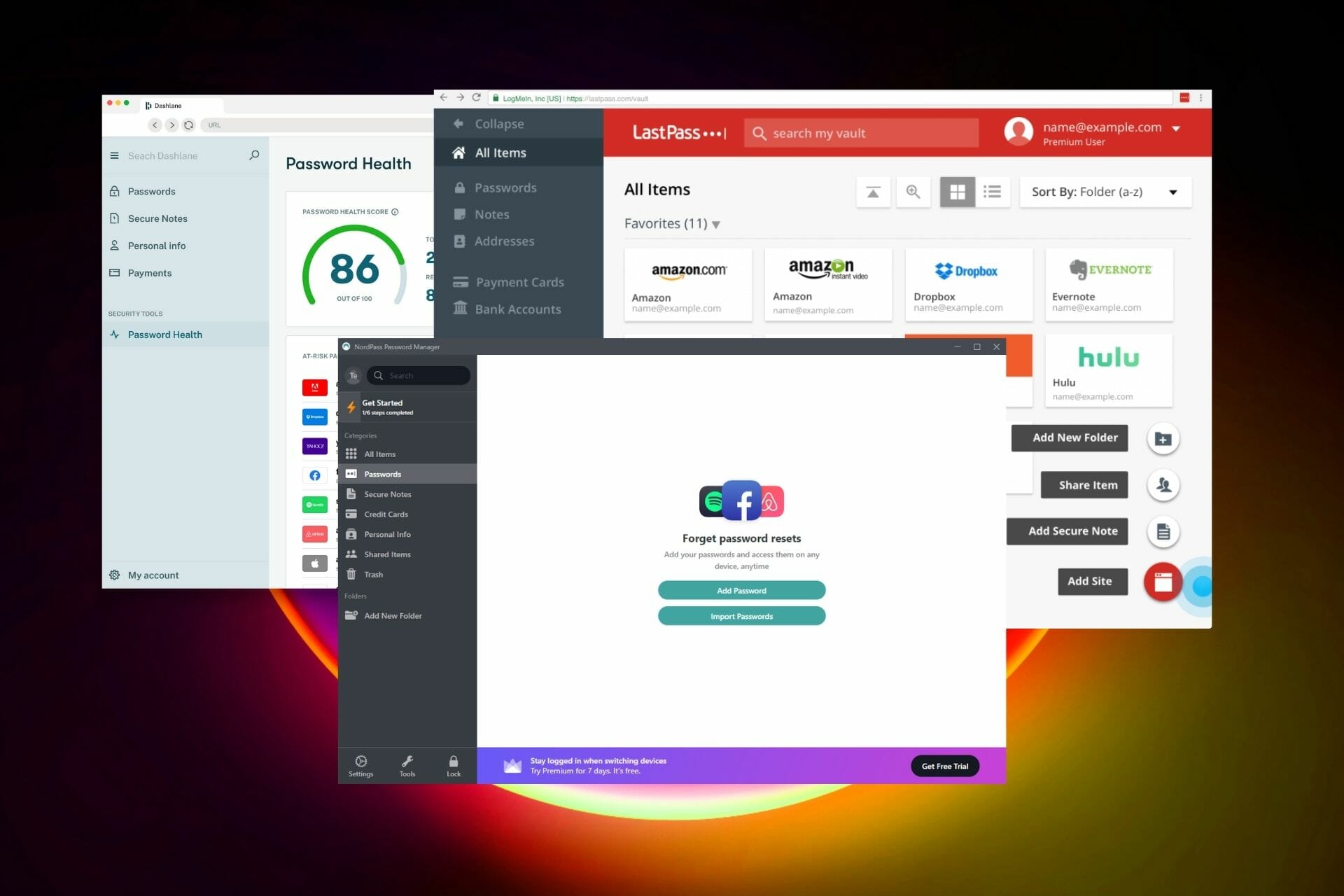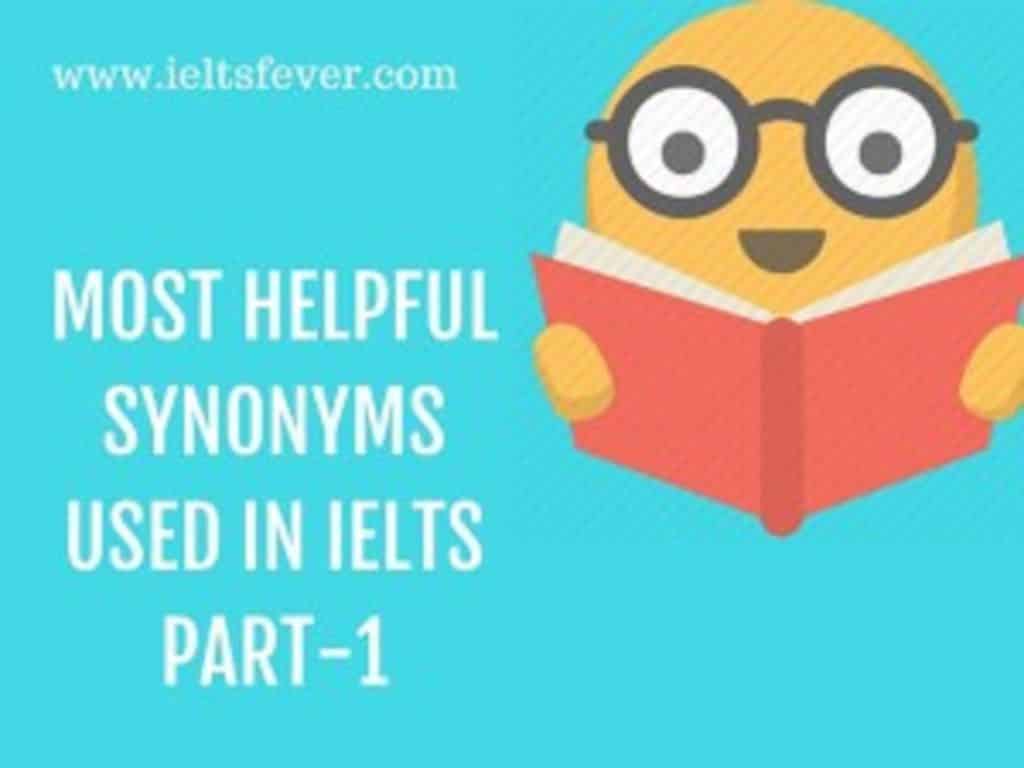
Well known subject heading systems include the Library of Congress system, the U S NIH National Library of Medicine Medical Subject Headings (MeSH) and Sears. Controlled vocabulary terms can accurately describe what a given document is actually about, even if the terms themselves do not occur within the document's text. The terms are chosen and organized by trained professionals (including librarians and information scientists) who possess expertise in the subject area.

For example, the Library of Congress Subject Heading itself did not have much syndetic structure until 1943, and it was not until 1985 when it began to adopt the thesauri type term " Broader term" and " Narrow term". Lastly thesauri list not only equivalent terms but also narrower, broader terms and related terms among various authorized and non-authorized (but potentially synonymous) terms, while historically most subject headings did not. (e.g., children and terrorism) while thesauri tend to use singular direct terms. Subject headings also tend to use more pre-coordination of terms such that the designer of the controlled vocabulary will combine various concepts together to form one authorized subject heading. Also because of the card catalog system, subject headings tend to have terms that are in indirect order (though with the rise of automated systems this is being removed), while thesaurus terms are always in direct order. Subject headings tend to be broader in scope describing whole books, while thesauri tend to be more specialized covering very specific disciplines. Historically, subject headings were designed to describe books in library catalogs by catalogers while thesauri were used by indexers to apply index terms to documents and articles. While the differences between the two are diminishing, there are still some minor differences. There are two main kinds of controlled vocabulary tools used in libraries: subject headings and thesauri. For example, the term pool has to be qualified to refer to either swimming pool or the game pool to ensure that each authorized term or heading refers to only one concept. In short, controlled vocabularies reduce ambiguity inherent in normal human languages where the same concept can be given different names and ensure consistency.įor example, in the Library of Congress Subject Headings (a subject heading system that uses a controlled vocabulary), authorized terms-subject headings in this case-have to be chosen to handle choices between variant spellings of the same word (American versus British), choice among scientific and popular terms ( cockroach versus Periplaneta americana), and choices between synonyms ( automobile versus car), among other difficult issues.Ĭhoices of authorized terms are based on the principles of user warrant (what terms users are likely to use), literary warrant (what terms are generally used in the literature and documents), and structural warrant (terms chosen by considering the structure, scope of the controlled vocabulary).Ĭontrolled vocabularies also typically handle the problem of homographs with qualifiers.

Controlled vocabularies solve the problems of homographs, synonyms and polysemes by a bijection between concepts and authorized terms.

In library and information science, controlled vocabulary is a carefully selected list of words and phrases, which are used to tag units of information (document or work) so that they may be more easily retrieved by a search.


 0 kommentar(er)
0 kommentar(er)
